United States’ Evolving Tattoo Culture
15 June, 2022The tattoo industry today is worth $1.4 billion. It didn’t start that way, though. Tattooing was created by native people, washed out by settlers, brought back by hardened sailors, popularized by socialites and social security numbers, and then made into TV shows and stickers! So we’d say the tattoo culture in the United States is evolving well. Thanks for asking!
Confused? Let us break that down for you.
How Did Tattoos Get to the States?
Tattoos were already here! Tattooing was a part of the culture of the native people who inhabited the lands of North America before colonists came around. Native Americans' tattooing practice was for cultural markings and healing. Specifics changed based on the tribe you belonged to, but the commonality was that settlers squashed tattooing as a common practice as they tried to impose European culture into the Americas.
However, your tattoo probably has its roots in a different part of the world altogether. While Native Americans were tattooing, so were the Pacific Island natives. Sailors had already explored the Pacific Islands, and when colonizers started moving to the Americas, sailors brought their interpretation of Pacific Islands tattoos to the ports.
How Did Tattooing Evolve in the United States?
For decades upon decades, tattoos only belonged to criminals, pirates, sailors, and people in the navy. Typical members of society looked down on people with tattoos, mostly for religious and classist reasons.
Sailors
Sailors popped up tattoo parlors in seaports along the coast. These weren’t friendly, airy contemporary shops, though. They were in back alleys, boardwalks, and homes.
The point was to make the tattoos fast so that someone who came into port for a few hours could get their tattoo and return to sea on the same day. This is where the concept of “flash tattoo” comes from. Fast as a flash. Limited color, thick lines, and very little shading.
This is also where the American traditional tattoo style comes from (diluted Polynesian influence and wherever-the-hell these sailors docked). The shops were very exclusive and had a harsh culture. Bad boys gotta gain respect.
High-Society
In the 19th century, word got out in the States (New York City) that British royalty and high society were getting inked on their world travels.
Winston Churchhill’s mother had a dainty snake around her wrist. The Prince of Wales and his two sons were inked on their travels to Jerusalem and Japan. There’s a rumor that lady socialites back in NYC got dainty tattoos that could be covered whenever the moment didn’t call for them. And on the other hand, there were circus women who got tattoos and were paid to show them in a strip-tease format.
Social Security Numbers
In the 1930s, when social security numbers were introduced, people were in a hurry to get these tattooed on their bodies, so there wasn’t a possibility of forgetting. Imagine doing that today?!
The Machine Gets Going
Tattoos started becoming more popular after the 1930s. Not a snowball effect (save that for the 2000s), but more tattoo shops began to open. At some point, it was no longer crazy to know a few people with tattoos.
Names like Ed Hardy and Sailor Jerry start popping up. Chicano/Cholo tattooing creates a name for itself in Southern California. Women like Painless Nell and Cynthia Witkin start showing it’s not just a boys' game.
What Is Tattoo Culture in the United States Like Now?
In the past two to three decades, tattoos have become more common and way less taboo. Tattoos have evolved past bad-boy markings into cool body art celebrating life experiences, meanings, and beyond.. We are seeing cosmetic tattooing, temporary tattoos, sticker tattoos, and countless reality shows about tattooing as well.
Tattoo Reality Shows
“Miami Ink,” airing in July 2005, was America’s first TV reality show about tattooing. Kat Von D, a Mexican-American tattoo artist, got her start from this show and now has an incredibly successful tattoo dynasty and beauty brand.
Miami Ink and Kat Von D were such a hit that Kat moved to LA and created a spinoff of Miami Ink called LA Ink. You can imagine that after the wild success of this show, many other tattoo reality TV shows started popping up.
Permanent Makeup
A light pink blush, a darker lip color, fuller eyebrows, full-time eyeliner, post-mastectomy areola, or nipple re-creation — you can get it all with tattooing. Social media, bodily perfection, and more medical reasons have created a huge market for permanent makeup or cosmetic tattooing.
You can really get your face beat forever. Well kind of. Usually, cosmetic tattooing uses lighter pigments that need touching up every so often.
Sticker Tattoos
Tattoos you can put on kids! Monkey see, monkey do, right? Sticker tattoos are a memorable part of any Yankee 90s kid's childhood. Henna tattoos were reserved for special vacation moments. And short-term tattoos are just coming to market!
Sticker tattoos are temporary tattoos that are transferred from sticky paper to skin, last fully about a day or two, and then slowly peel off for a week.
Remember when you were younger and loaded up with probably more tattoos than you have now? Those little sticker packs, some warm water, plus the tiniest bit of patience, and you were the coolest kid on the block.
There are companies now that will morph any image you want into a temporary sticker tattoo for you. A great way to test out designs and placements if you’re feeling undecided!
Another type of “sticker tattoo” has taken the meaning a little more literally — sticker tattooing is actually a newly emerging style of tattoo design where it looks like someone has physically slapped a sticker right on top of your skin. This style includes fine shadowing, a fairly thick white outline to resemble the outline of a sticker when lifted from white sticker paper, and some highlighting to help enhance that 3D effect on skin.
Now you can bring your childhood dreams right into adulthood, just like all that cake and ice cream we know you had for breakfast at least once.
Henna Tattoos
Henna tattoos are made from natural ink, and they dye the skin a nice brown color. They last for about three to four weeks.
Henna originates from a few different places (India, Africa, the Middle East, and Pakistan) and have been practiced for 5,000 years for cultural purposes. In the States, lucky kids love to beg for them when they visit beach towns with their families.
Semi-Permanent Tattoos
Semi-permanent tattoos have just cropped up in the past year or so. They are real tattoos, made by real tattoo artists with real tattoo machines. The difference between these tattoos and permanent tattoos is that made-to-fade ink is being used. Depending on the kind of made-to-fade ink being used, your tattoo will last about a year.
The Current State of Tattoo
Tattooing in the States has evolved from tribal to criminal to common. There aren’t any laws in place to prevent discrimination because you have a tattoo, but even workplaces don’t really care anymore. Grandmas are getting tattooed, and so is your 15-year-old brother at the skate park (highly not recommended).
For the 411 on all things tattoo and tattoo culture, explore the rest of Mad Rabbit’s blog here.
Sources:
Native American Tattoos - A New Generation Is Reviving Indigenous Tattooing | Sapiens
Where Cultures Collide: Polynesian Tattoo | PBS
American Tattoo Culture's Messy Past and Hopeful Future | Dismantle Mag
Skin Stories: History of Tattoo | PBS.
The Evolution of Tattoo Culture in America | Alternative Press Magazine
See Rare Images From the Early History of Tattoos in America | TIME
The Evolution of Tattooing in America | GREY Journal
Miami Ink (TV Series 2005–2008) | IMDb
Henna: Its History and Cultural Significance | St Thomas University
Semipermanent Tattoos That Disappear in a Year Now Exist | Allure
Try risk-free & save with the Essential Sets
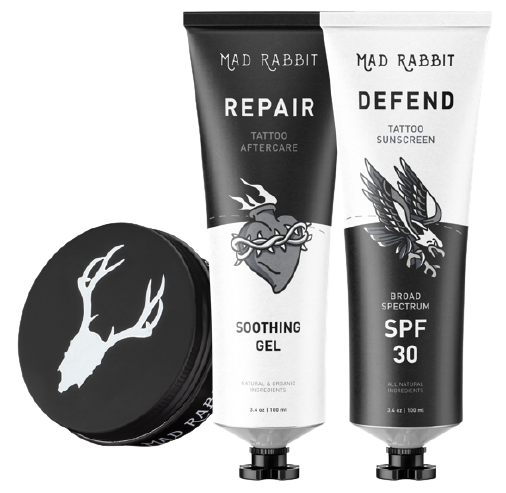
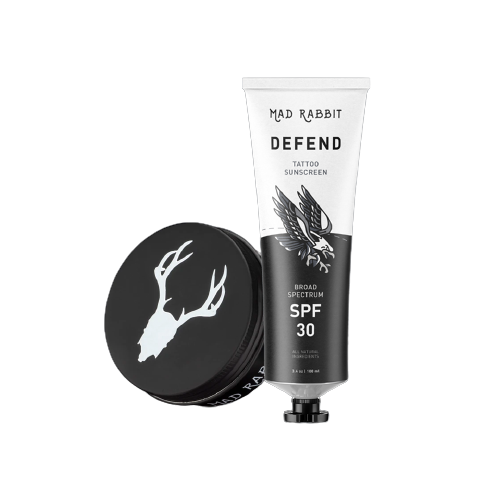
Daily Defense Set
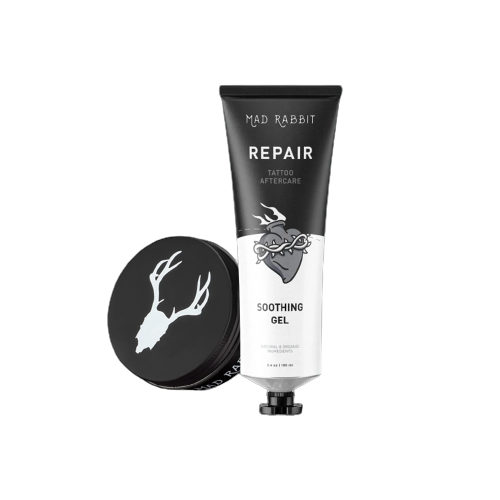
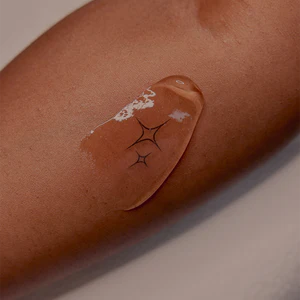
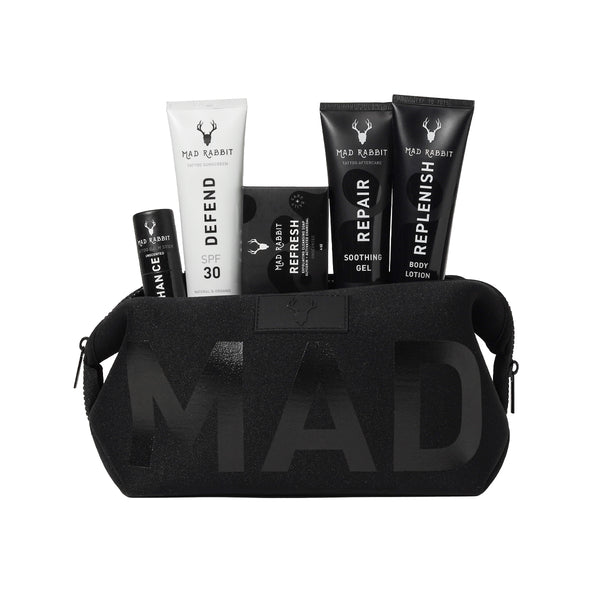
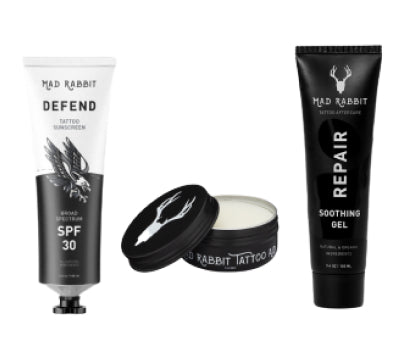
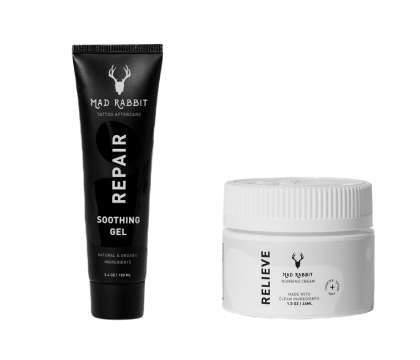
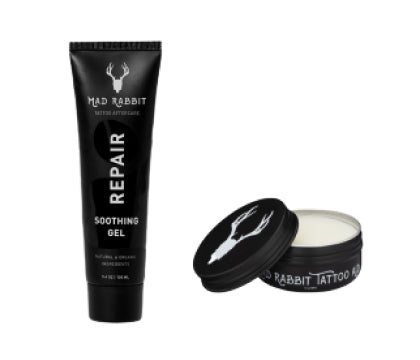
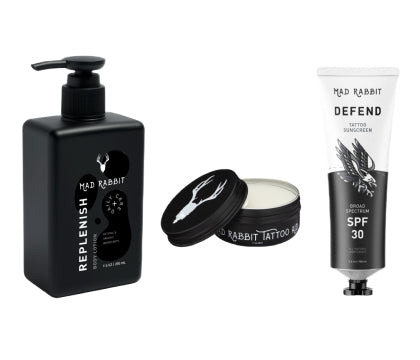
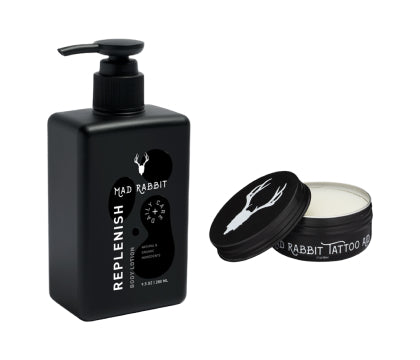
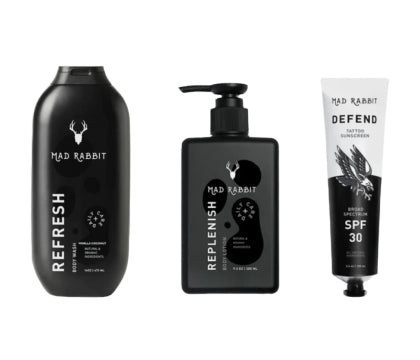
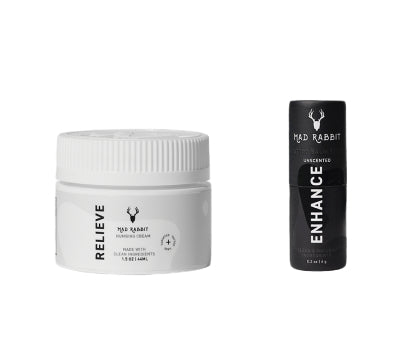
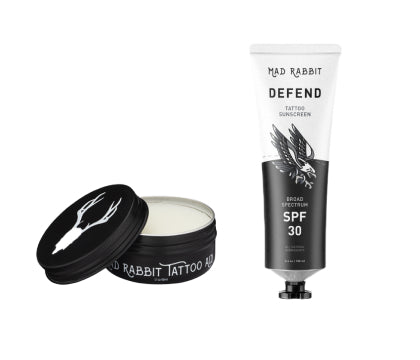
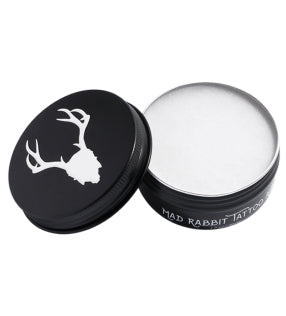
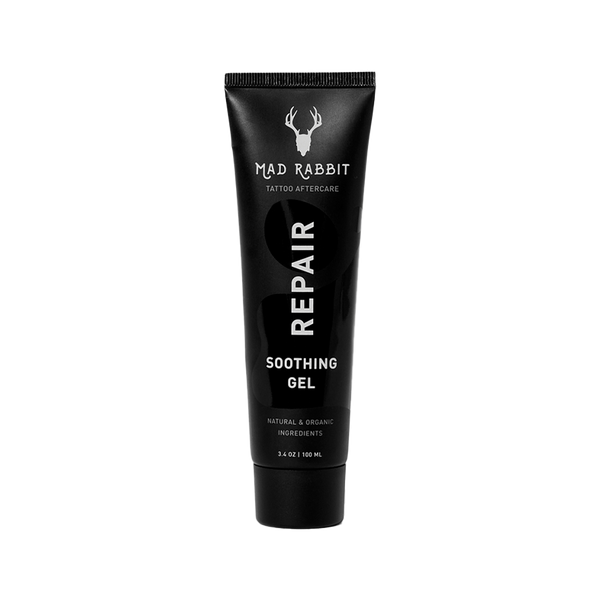
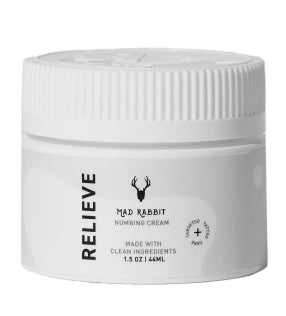
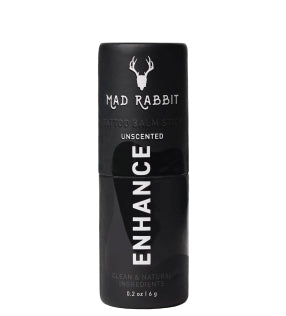
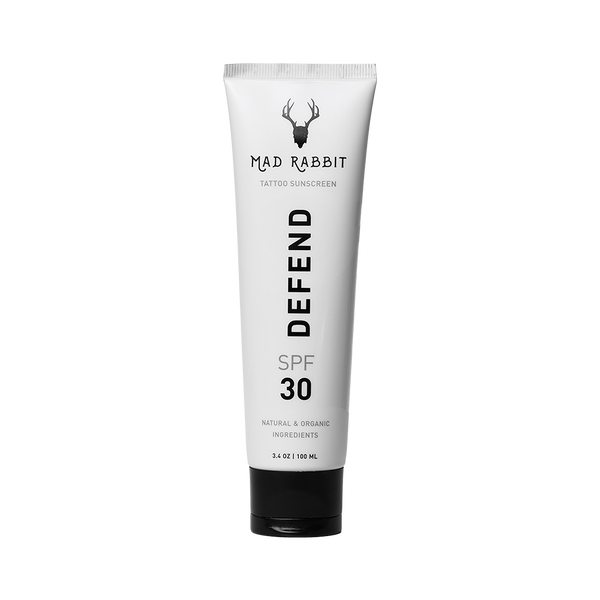
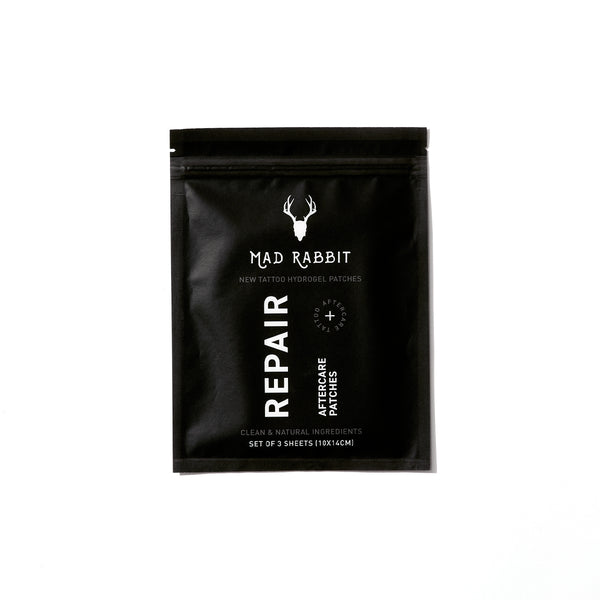
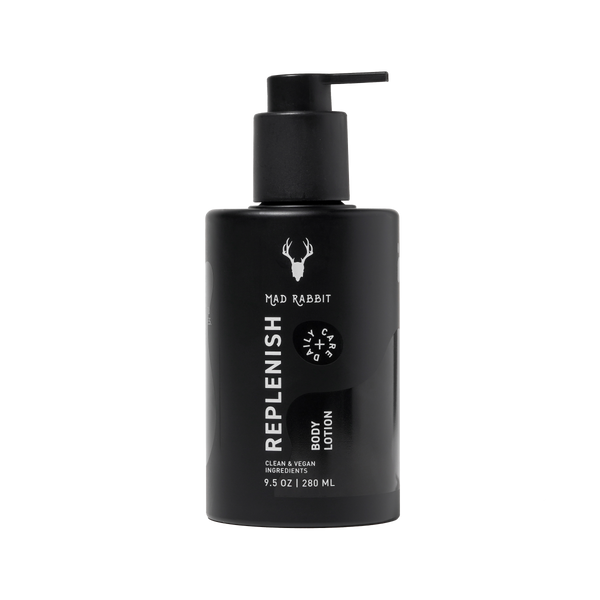
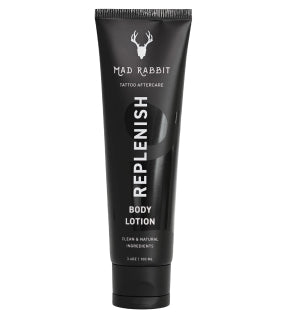
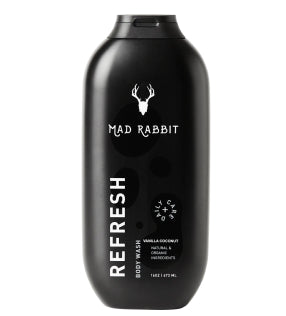
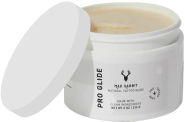
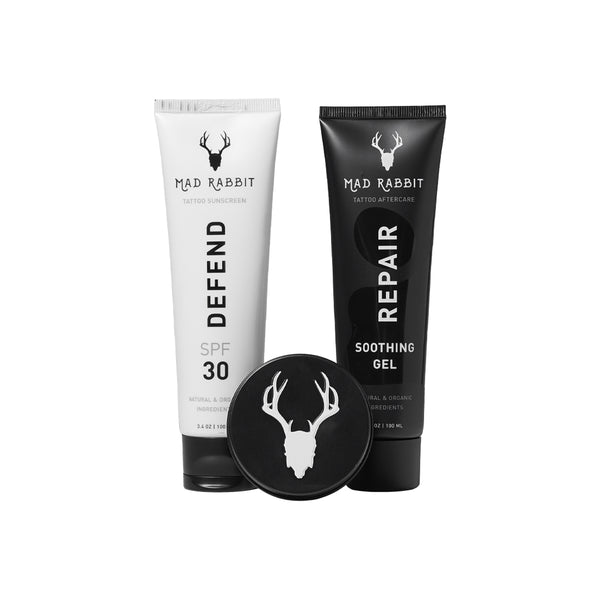

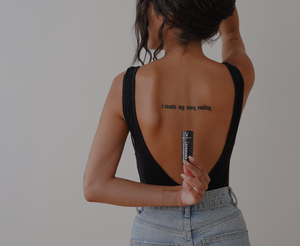
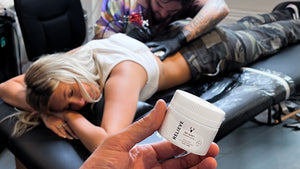

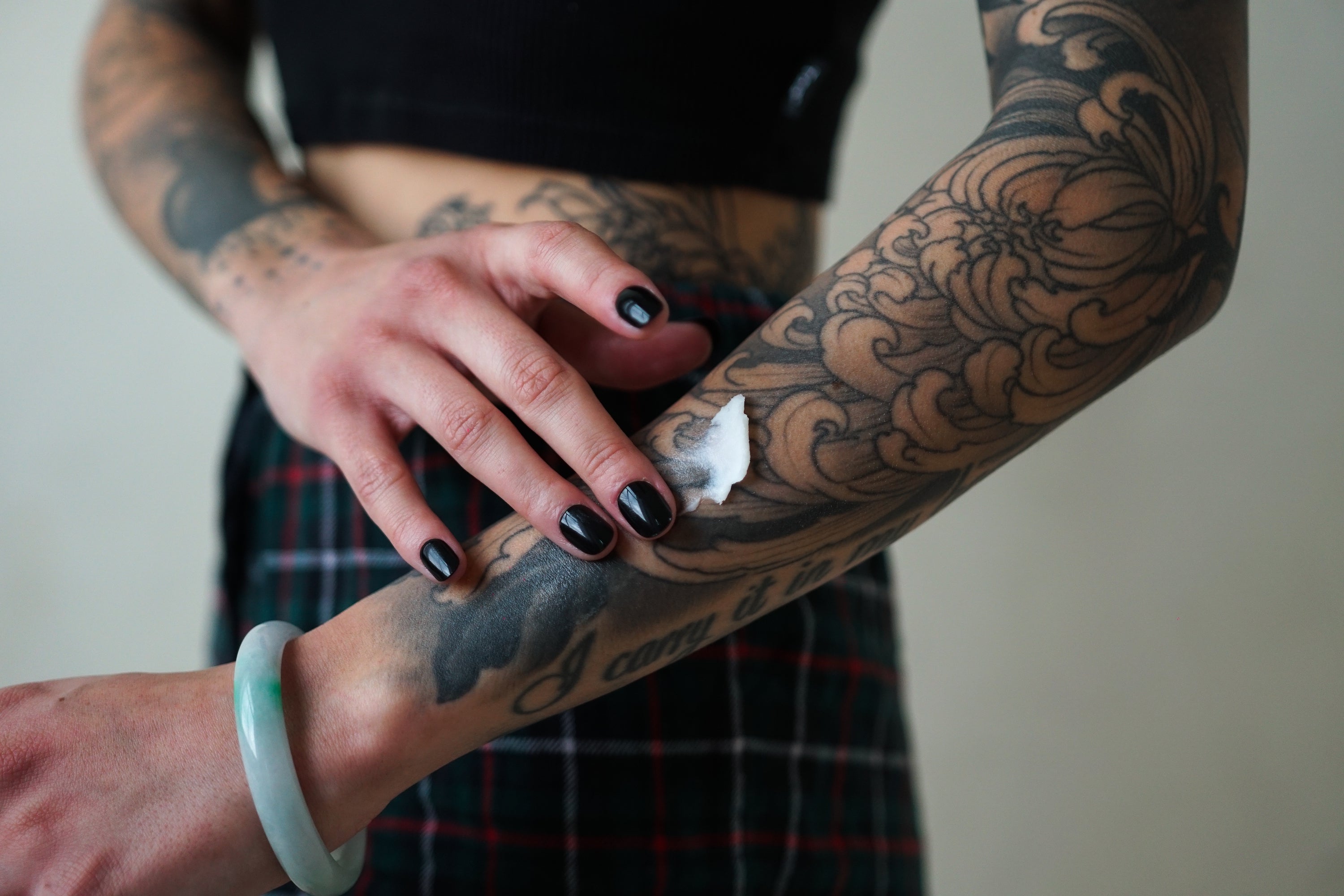
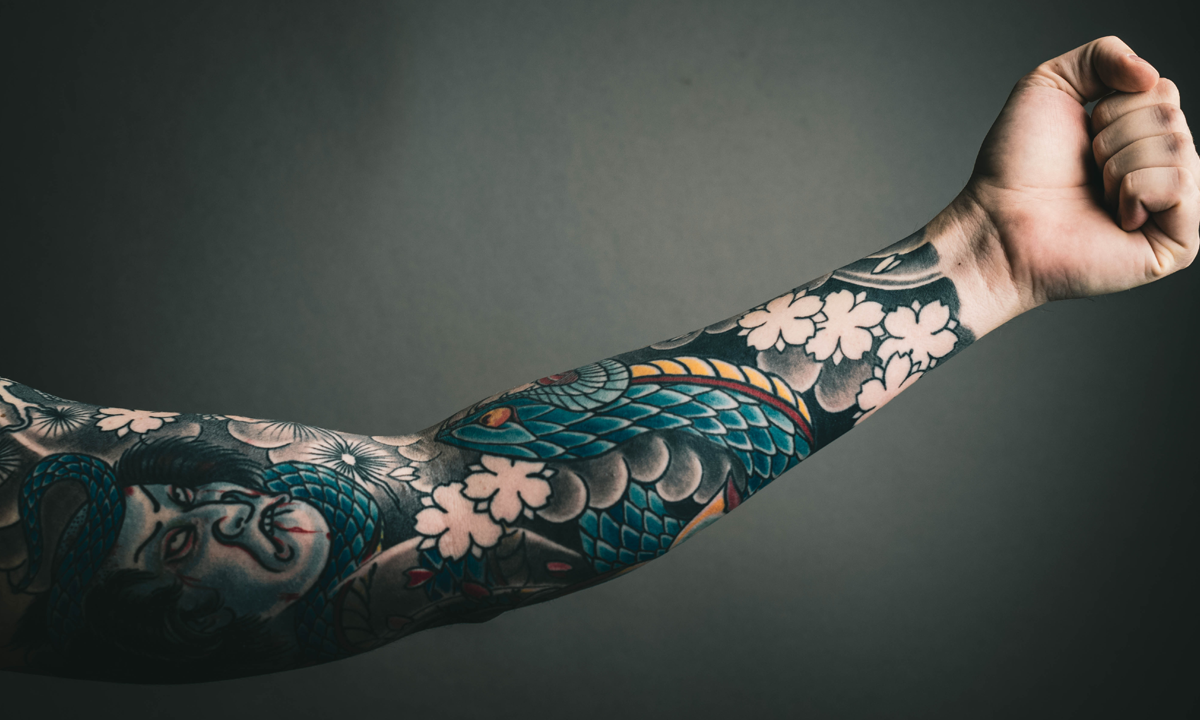
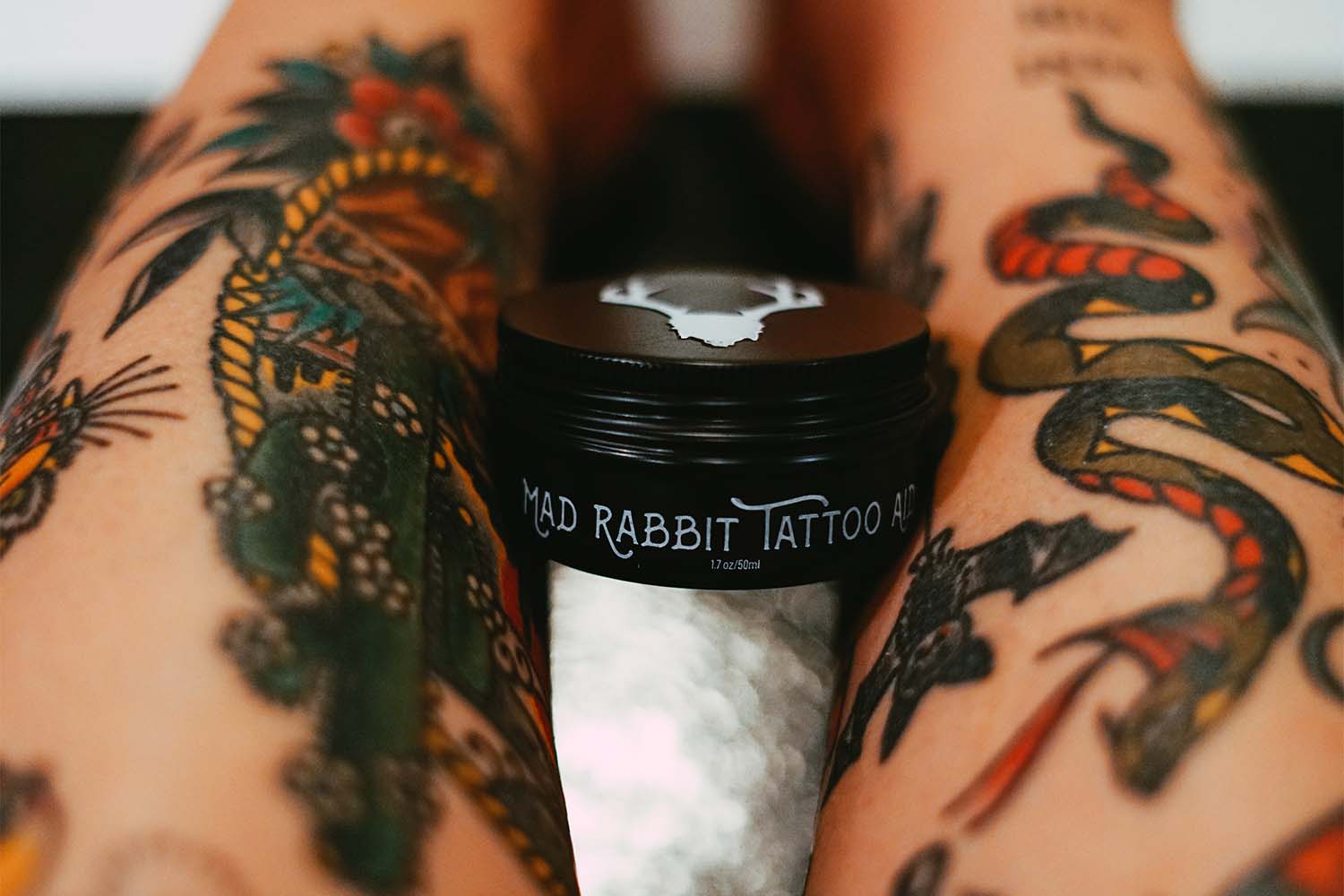
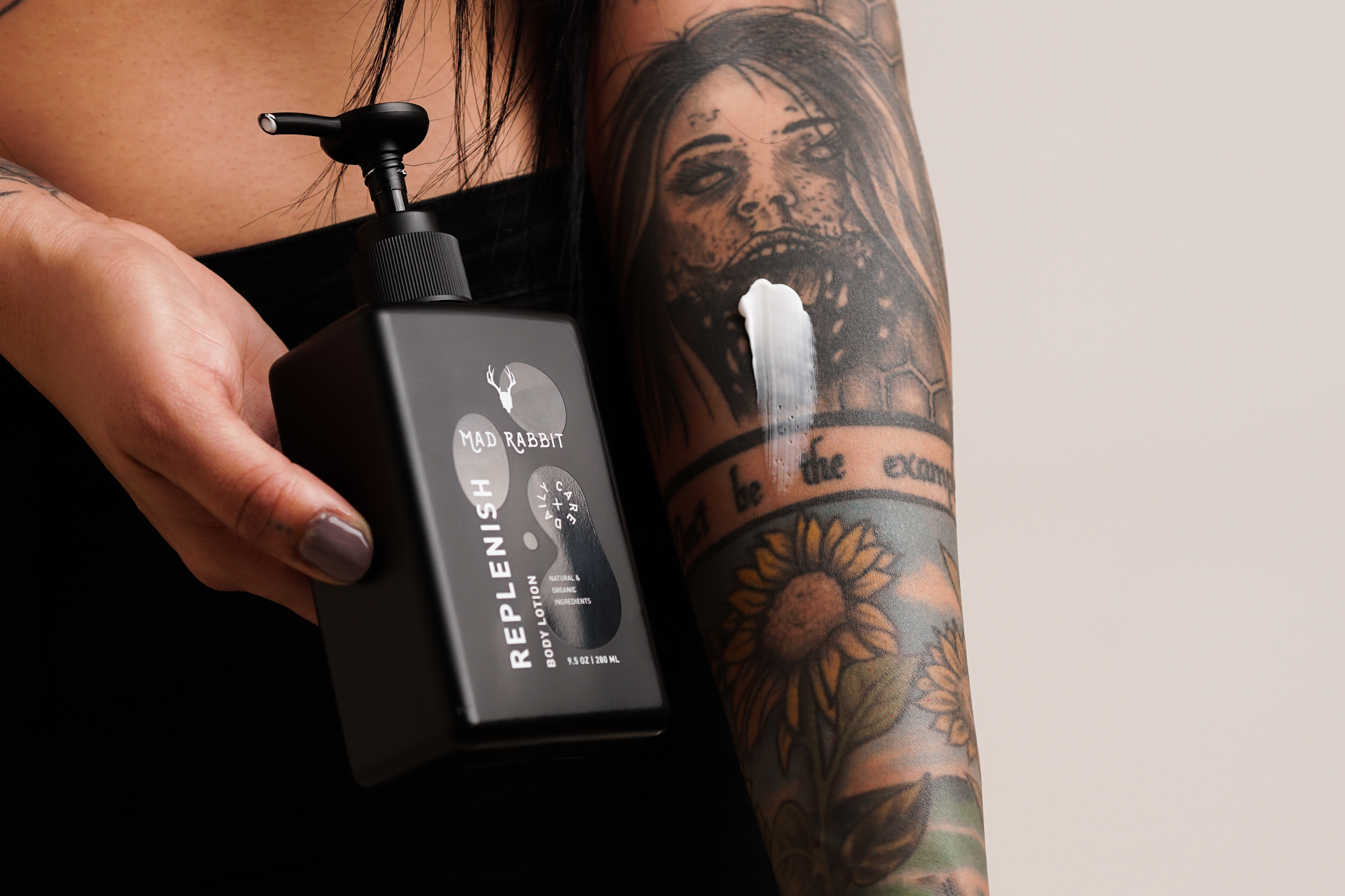
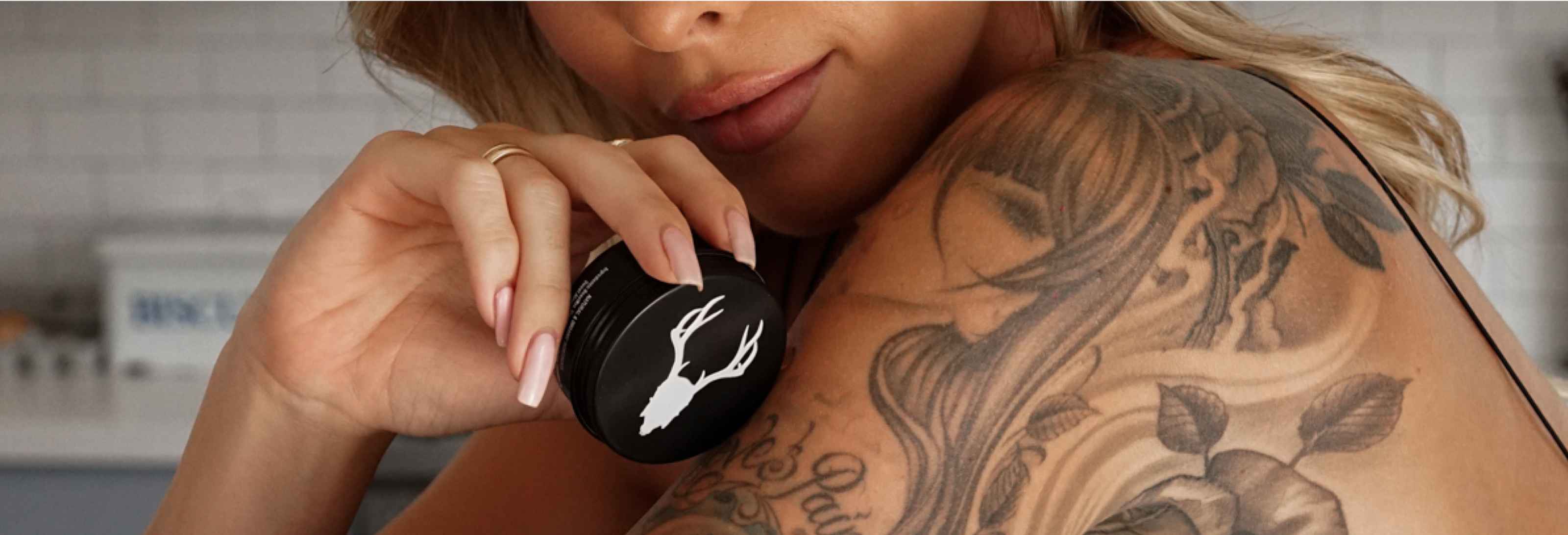
Join the discussion